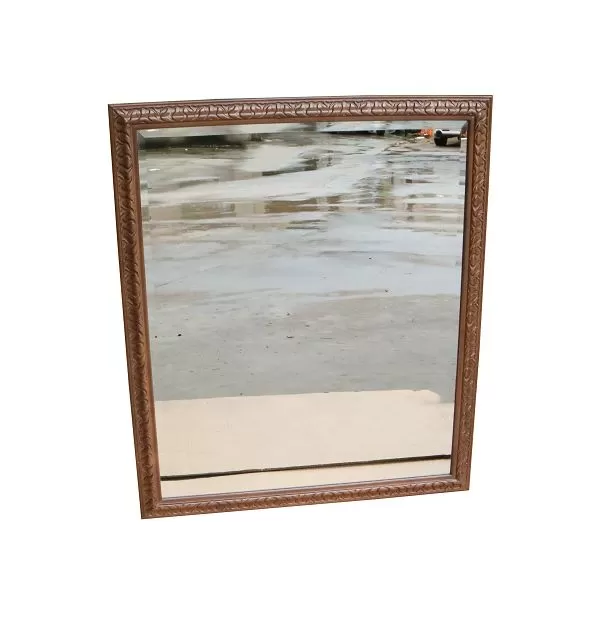 The mirror is a smooth surface. Originally, the ancients mirrored polished bronze and had the ability to reflect light. There are two types of plane mirrors and curved mirrors. The plane mirrors are often used by people to organize the appearance. The curved mirrors are also divided into concave mirrors and convex mirrors. They are mainly used as makeup mirrors, furniture fittings, architectural decorative parts, optical instrument parts and solar cookers. Mirrors for reflectors, reflection telescopes, car mirrors, etc. for headlights and searchlights.
In science, mirrors are also often used in instruments such as telescopes, lasers, industrial instruments, etc. Surface polished metal parts with regular reflection properties and glass or metal products with metal-reflective coatings, often inlaid with metal, plastic or wood. The border.
In ancient times, obsidian, gold, silver, crystal, copper, and bronze were polished and polished to make mirrors. [1] In 3,000 BC, Egypt had bronze mirrors for make-up; in the 1st century AD, it began to shine. Large mirrors throughout the body; portable small mirrors in the Middle Ages with combs in ivory or precious metal boxes; glass mirrors with silver or iron backs from the late 12th to early 13th centuries; Venetian mirrors during the Renaissance At the center, the mirrors produced are famous for their high quality.
In the 16th century, a cylindrical method was used to manufacture sheet glass, and a tin amalgam method in which tin foil was attached to glass with mercury was invented, and the metal mirror was gradually reduced. In the second half of the 17th century, France invented the use of cast-in-place flat glass to produce high-quality large glass mirrors. Mirrors and their borders are increasingly becoming interiors. At the end of the 18th century, large mirrors were made and used on furniture. Although the tin amalgam method is harmful to the human body, it has been applied to the 19th century. In 1835, the German chemist J. von Lebig was invented the electroless silver plating method, making the application of glass mirrors more popular.
China had a bronze mirror in 2000 BC. However, in ancient times, water was often used to photograph the copper. In the Han Dynasty, it was renamed as a mirror. During the Han and Wei Dynasties, bronze mirrors became popular and there were full-length mirrors. Originally, the bronze mirror was thin, rounded with a flange, with a embossed or inscription on the back, and a semi-circular button at the center of the back for the mirror and sessile, forming the unique style of the Chinese mirror. In the Ming Dynasty, the glass mirror was introduced. After the Qianlong (1736 ~ 1795) in the Qing Dynasty, glass mirrors became popular. Japan and North Korea were originally introduced into China by bronze mirrors. Japan began to popularize glass mirrors during the Meiji Restoration.
|